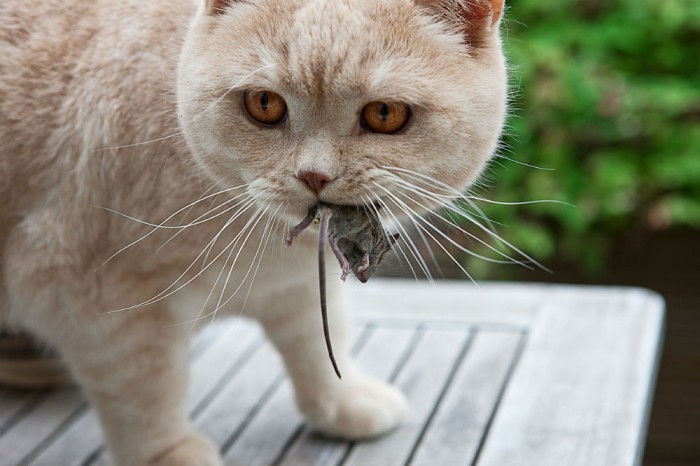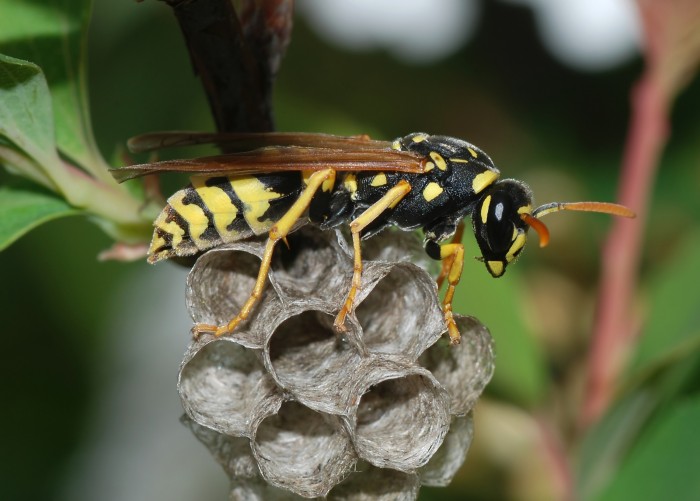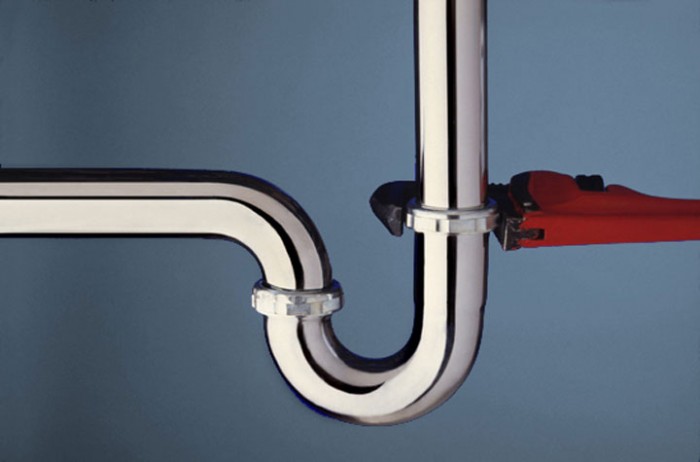With the warmer weather approaching it’s more than likely that before you know it, your wardrobe full of fine, soft wools, cashmere, and even your favourite jumper could become ragged and ruined from moth infestation. We thought it would be useful to include 5 easy and effective solutions to prevent these garment-hungry pests infesting your wardrobe.
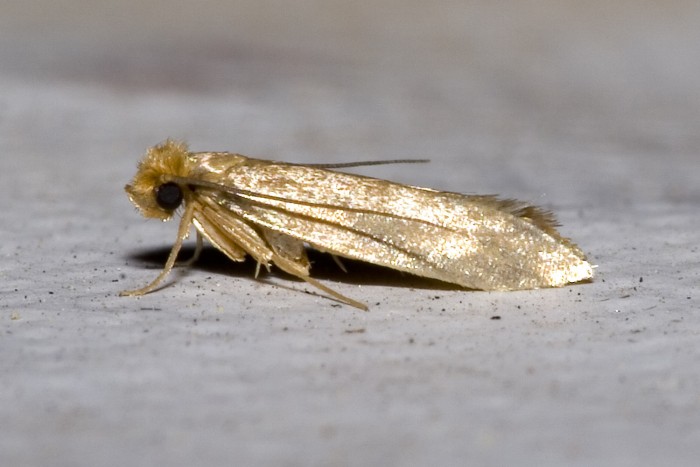
1. Cleaning out your wardrobe regularly –This includes both your wardrobe itself and your clothing. Firstly, it is recommended that you remove all clothing from your wardrobe periodically, throwing out any clothing that is old and unworn. This stops moths being attracted to the dust and dirt normally found on older clothing, such as vintage items for example. By shaking out your clothing and exposing it to sunlight season to season, moths will be deterred from visiting. Equally, it is important that your wardrobe itself is clean and dust-free, therefore should be cleaned out regularly to avoid attracting moths.
2. Using scents in your home – There are a few particular scents that can discourage moths. Lavender has been found to be a popular and effective budget friendly method of deterring moth infestation. Similar to moth balls, lavender bags can be easily stored with clothing in your wardrobe, as the natural aromas repel the moths. Although, most lavender bags use a chemical to preserve and strengthen the aroma, so if you prefer a more natural approach, conkers can also be an effective method. Used by fashion designer Giles Deacon, it is said that the brown skins on conkers contain a specific compound named triterpenoid saponin that warns off the pests.
3. Storing garments properly – As the seasons change and we approach the warmer months, there may be clothing less appropriate for the warmer weather that should be stored away. This is not only effective in simplifying the contents of your wardrobe, but stops moths from attacking your knitwear unnoticed. It is important that clothes are cleaned thoroughly before storing away, with airtight containers or vacuum packs being an effective storage method.
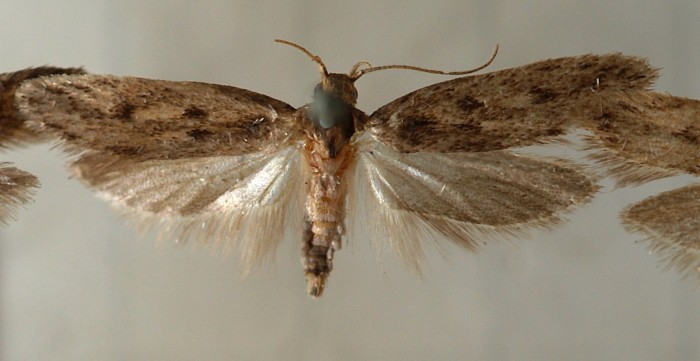
4. Vacuuming regularly – Although referenced to as clothing moths, they are also attracted to carpets and furnishings around your home. Therefore, it is necessary to regularly vacuum, focusing on the edges of your carpets and underneath wardrobes and tables as these are places that can often be forgotten, yet are a manna to moths.
5. Freezing clothes – If you have already begun to notice larvae and moth eggs, these can be killed off by wrapping delicate garments such as silk and wool in plastic and freezing them for at least 12 hours. This is an effective way of removing all signs of moth infestation for clothing that cannot be washed at a high temperature.
What to do if all else fails?
If you’ve tried to de-moth your wardrobe and failed, call in an expert pest controller. They will ensure all moths are treated efficiently and won’t return, causing as little disturbance as possible.
We recommend TDC Pest Control. Operating 24 hours* a day, 7 days* a week, meaning that if you have an emergency and need a pest controller you can rely on, TDC Pest Control







